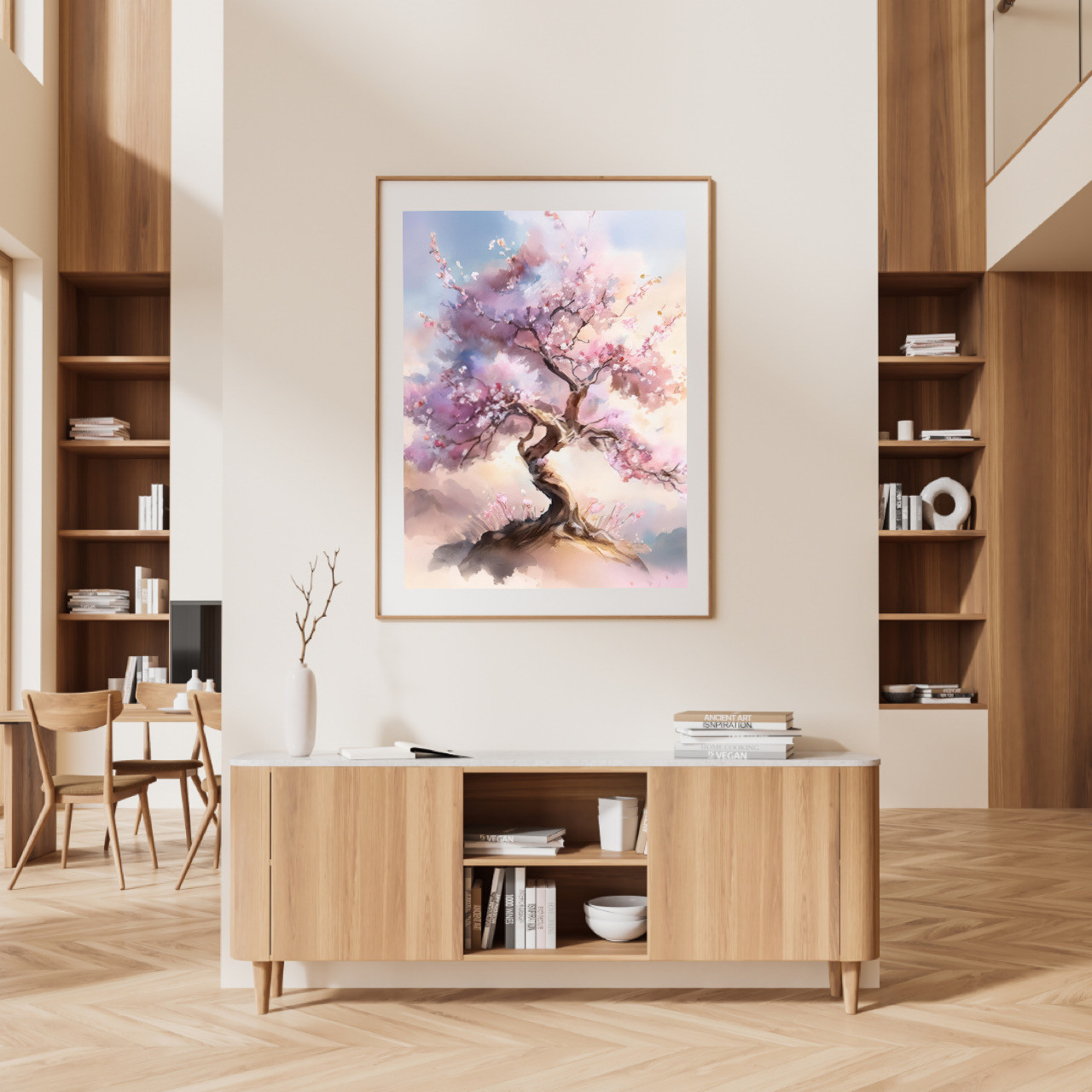Distinctive Japanese Scents: Sandalwood and Agarwood
- MALT INCORPORATED

- 2月18日
- 読了時間: 2分

In traditional Japanese culture, fragrance plays a crucial role in promoting relaxation and spirituality. Among the most revered aromatic woods are Sandalwood (Byakudan, 白檀) and Agarwood (Jinkō, 沈香), both of which have been deeply integrated into Kōdō (the Way of Fragrance), Buddhist rituals, and Japanese daily life.
1. Sandalwood (Byakudan, 白檀)
Characteristics
A sweet, warm, and smooth woody aroma.
Slightly spicy with a creamy, well-balanced scent.
Long-lasting fragrance with a soothing quality.
Uses and Cultural Significance
Kōdō (The Art of Scent Appreciation)
Sandalwood is one of the essential woods used in Kōdō, the Japanese art of appreciating fragrances.
It is used in the practice of "Monkō" (listening to scents), where people deeply engage with the aroma.
Buddhist Temples and Rituals
Frequently used in incense and prayer rituals, sandalwood creates a sacred and meditative atmosphere.
Traditional Perfumes and Aromatherapy
Due to its calming effect, sandalwood is widely used in Japanese incense, perfumes, and essential oils.
2. Agarwood (Jinkō, 沈香)
Characteristics
A rich, deep, and mysterious aroma.
A complex scent profile combining sweet, bitter, smoky, and woody notes.
Formed over decades as resin accumulates in the wood, creating its distinctive fragrance.
Uses and Cultural Significance
The Most Revered Wood in Kōdō
Agarwood, especially the highest-grade variety called Kyara (伽羅), is the most esteemed wood in Kōdō.
It is classified using the "Six Nations, Five Tastes" (Rikkoku Gomi, 六国五味) system, which categorizes subtle scent differences.
Buddhist Ceremonies and Premium Incense
Highly valued in Buddhist rituals, agarwood is considered a noble fragrance and is commonly used in monasteries and temples.
Rarity and Value
Agarwood is extremely rare and expensive, as it can only be found in certain tropical regions of Southeast Asia.
It has been imported into Japan since ancient times and remains a luxury item today.
3. Connection to Japanese Fragrance Culture
The Tradition of "Monkō" (Listening to Scents)
In Kōdō, fragrance is not merely "smelled" but "listened to", emphasizing mindfulness and deeper sensory appreciation.
Seasonal Adaptation of Fragrances
Sandalwood is preferred in spring and summer for its light and refreshing scent.
Agarwood is favored in autumn and winter for its deep and warming qualities.
Modern Applications
Today, Japanese aromatic woods are incorporated into aromatherapy, luxury perfumes, and wellness products worldwide.
Conclusion
Sandalwood is known for its gentle and elegant scent, while Agarwood is celebrated for its mystical and profoundfragrance.Both have played an essential role in Japanese incense culture, spiritual practices, and daily life, continuing to influence modern perfumery and aromatherapy across the globe.





コメント